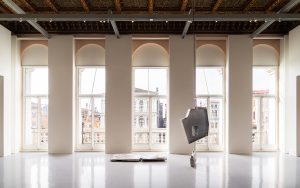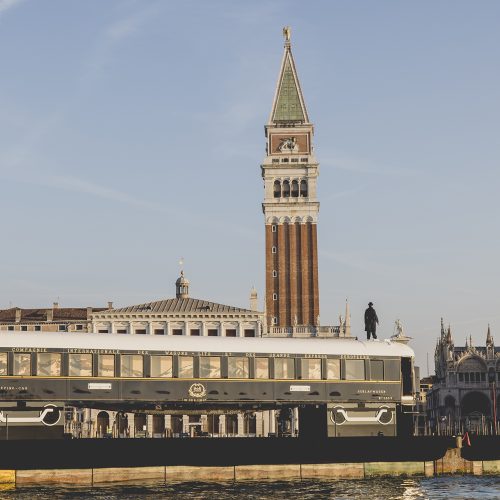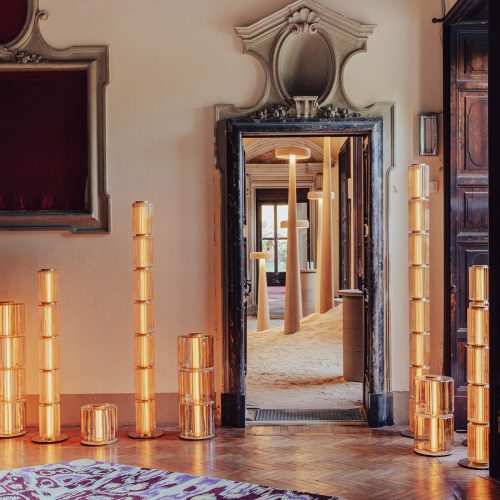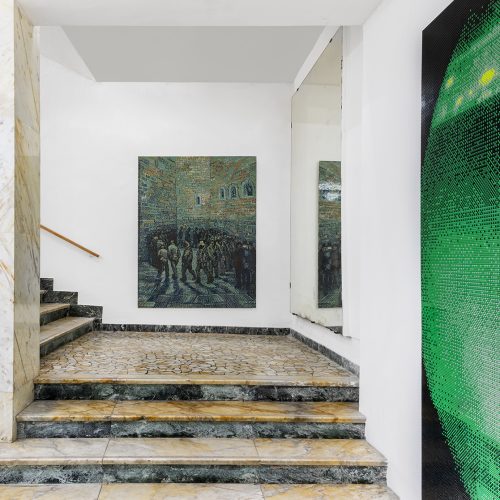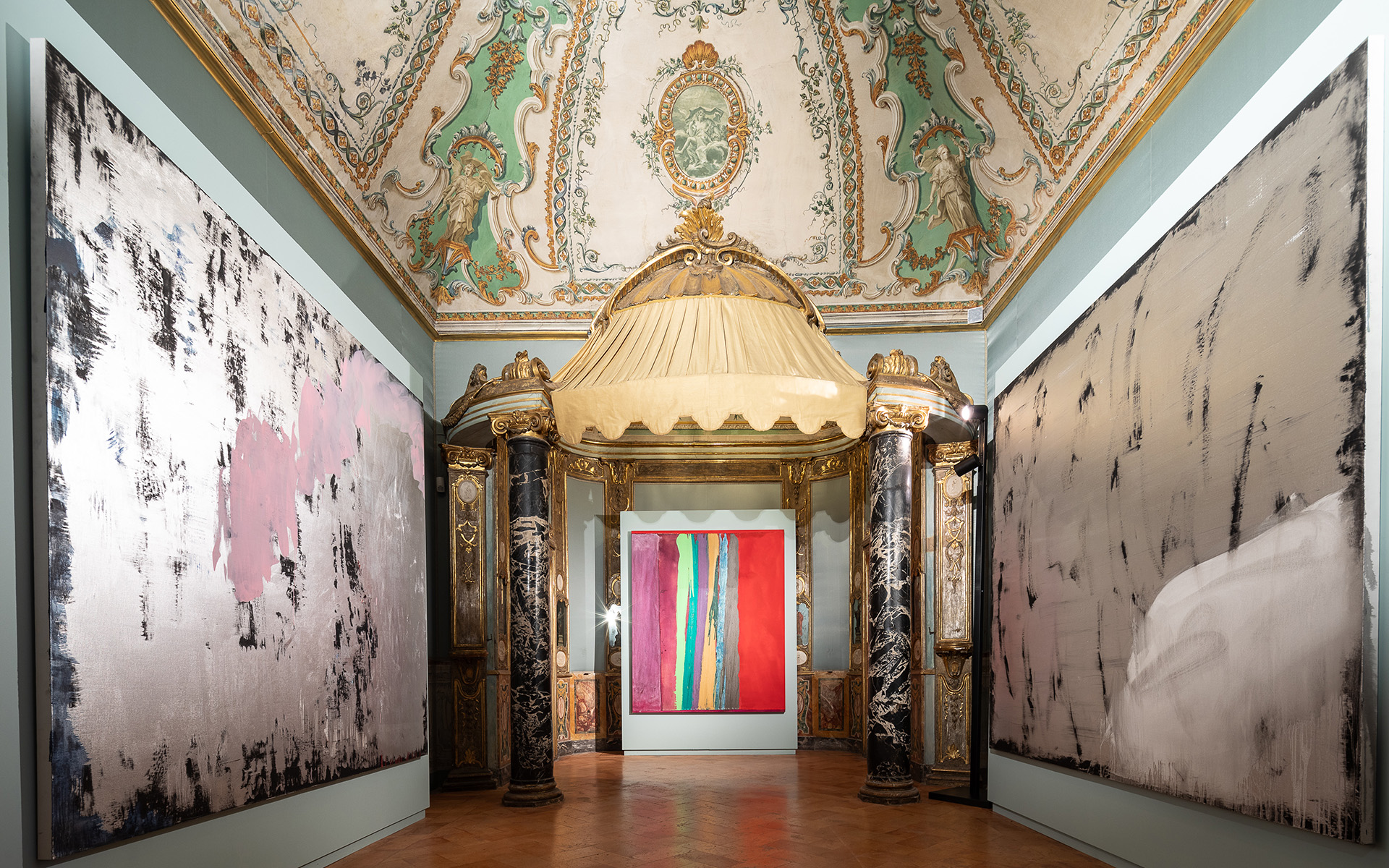

This New Exhibition in Rome Juxtaposes Its Rococo Setting with Contemporary Artworks
Palazzo Barberini’s latest show includes allegorical pieces by Nicole Eisenman, Dana Schultz, Tschabalala Self, and Raymond Pettibon
This summer, visitors to Rome can access the only intact rococo apartment in the city, an astonishing fantasy of gilded doorways and walls hung with delicately painted silk. But to do so they will pass through “Day for Night,” an explosive exhibition of work that explores a new realism in contemporary American art.
Devised by Massimiliano Gioni, the Italian curator who lives in New York where he is artistic director of the New Museum, it’s been delivered on a “more is more concept.” “I follow what Andy Warhol is supposed to have said: leave them wanting less,” says Gioni with a huge laugh during a walk through of the show’s astonishing 150 works.
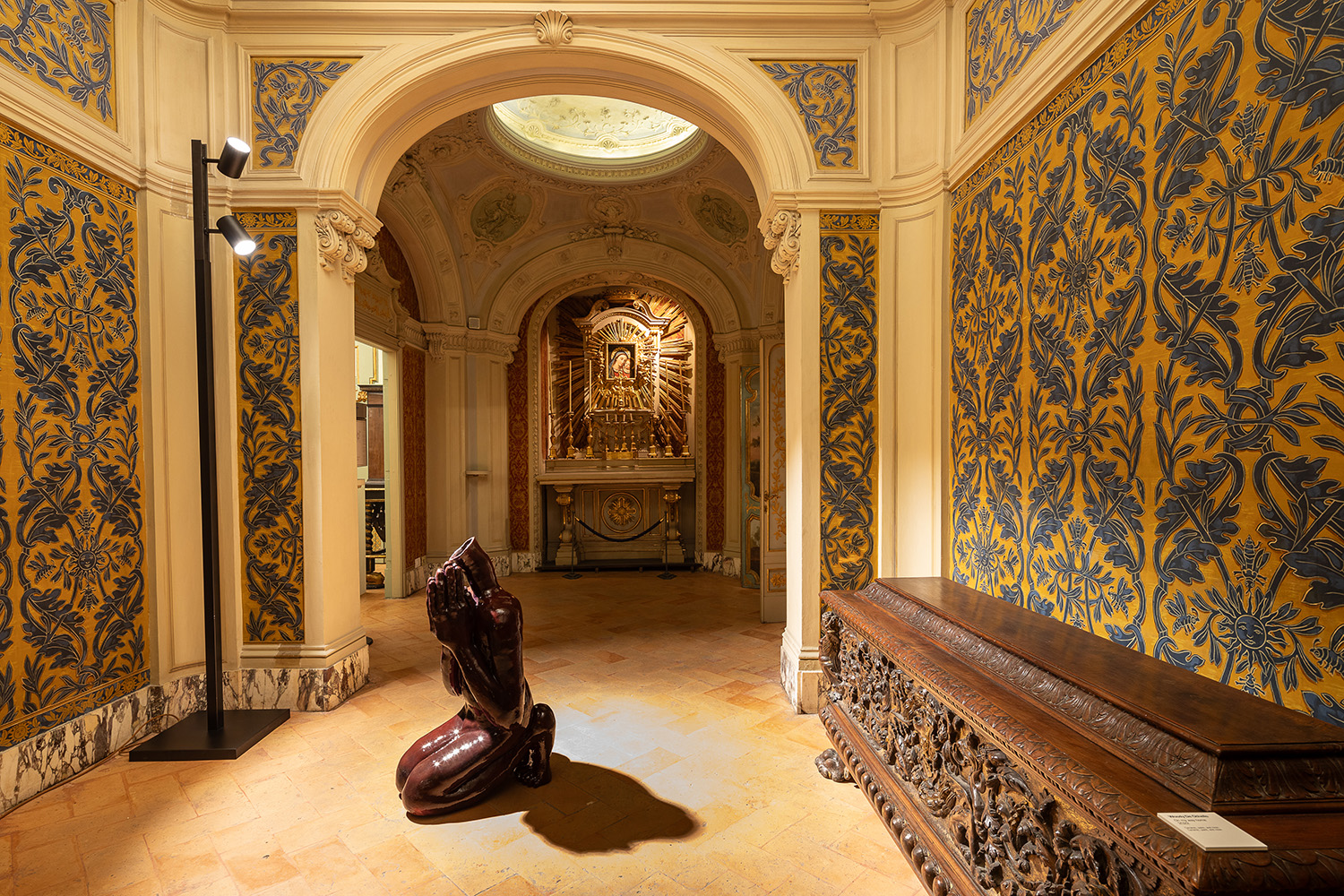
Installation view of “Day for Night” at Palazzo Barberini in Rome. Photo: Courtesy of Agnes Renoult and Gagosian
The exhibition is taking place in the Palazzo Barberini, a building that could claim the title as the birthplace of Baroque, where from 1627 to 1633 two towering architectural talents—Francesco Borromini and Gian Lorenzo Bernini—quite literally performed a design face-off. It is a feast of the theatrical, where staircases seem to curl infinitely upwards and elaborate pictorial ceilings and breathtaking foyers blur boundaries between real and painted spaces.
While one side of the building contains a leading collection of works by Caravaggio, the 16th-century painter who brought realism to the world of art, as well as his followers, the other is dedicated to temporary exhibitions, where “Day for Night” is now on view. It takes a collector with the heft of fashion entrepreneur and arts patron Tony Salamé to claim this space.
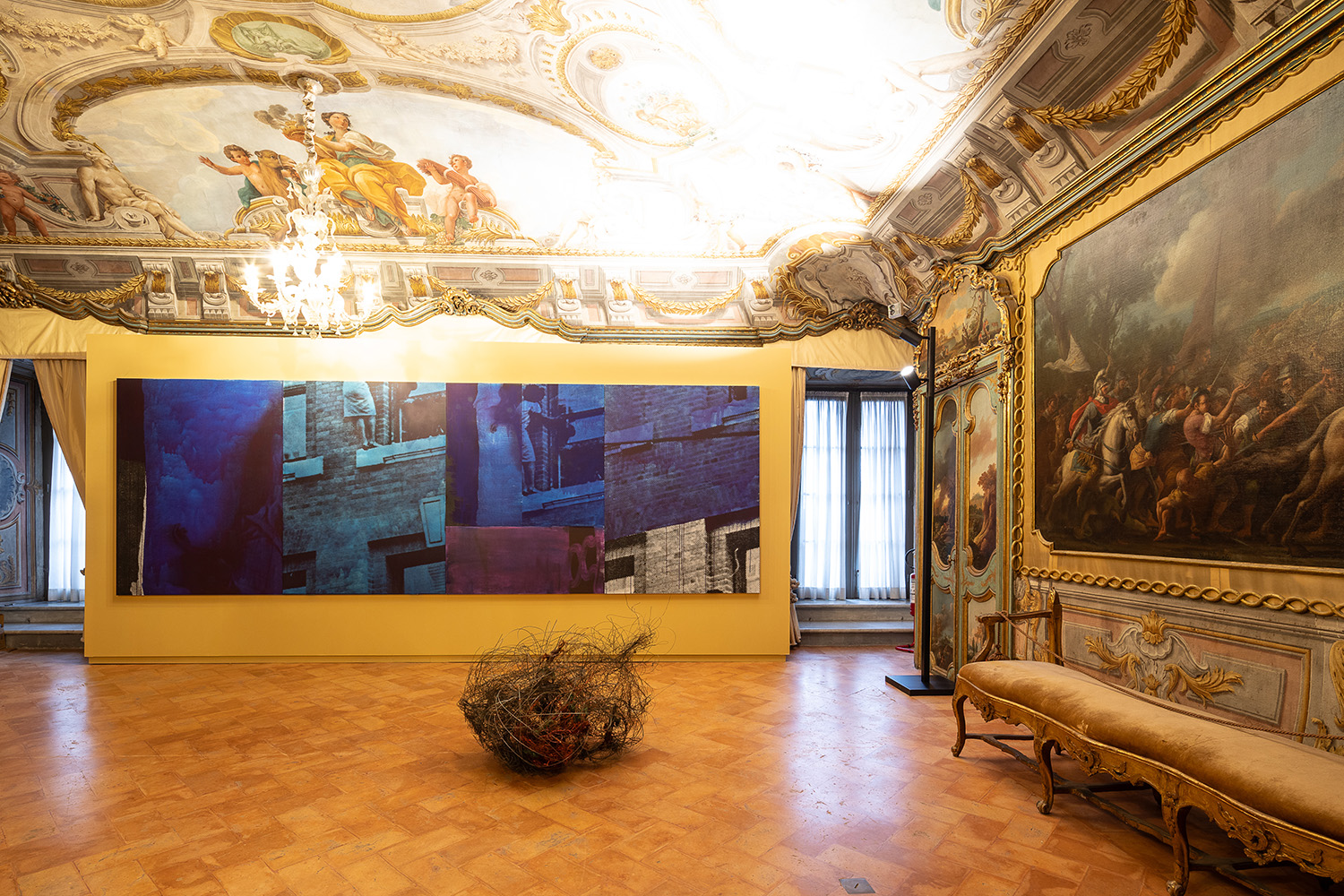
Installation view of “Day for Night” at Palazzo Barberini in Rome. Photo: Courtesy of Agnes Renoult and Gagosian
Salamé, who is Lebanese but also has Italian nationality, set up the Aïshti Foundation in Beirut with his wife, Elham, 25 years ago. He has worked with Gioni for over a decade, and it is from Salame’s 4,000-works-strong collection of largely contemporary art that Gioni has cherry-picked his current crop. “I’ve been coming to Rome since I was 13, and always been aware that the links between Italy and the U.S. run deep,” says Salamé.
Partly as a response to the naturalism of the Caravaggio’s next door and to the prevailing mood in America, Gioni has focussed on what realism means in a country like the U.S., where alternative truths and fake news perform a continual act of subversion. Visitors know it’s not all sweetness and light even from the entrance hall, where Gioni has set up a messy urban message—Kaari Upson’s piles of coke cans (cast in dull grey aluminium) and a Klara Lidén readymade, a battered green public trashcan from Milwaukee.
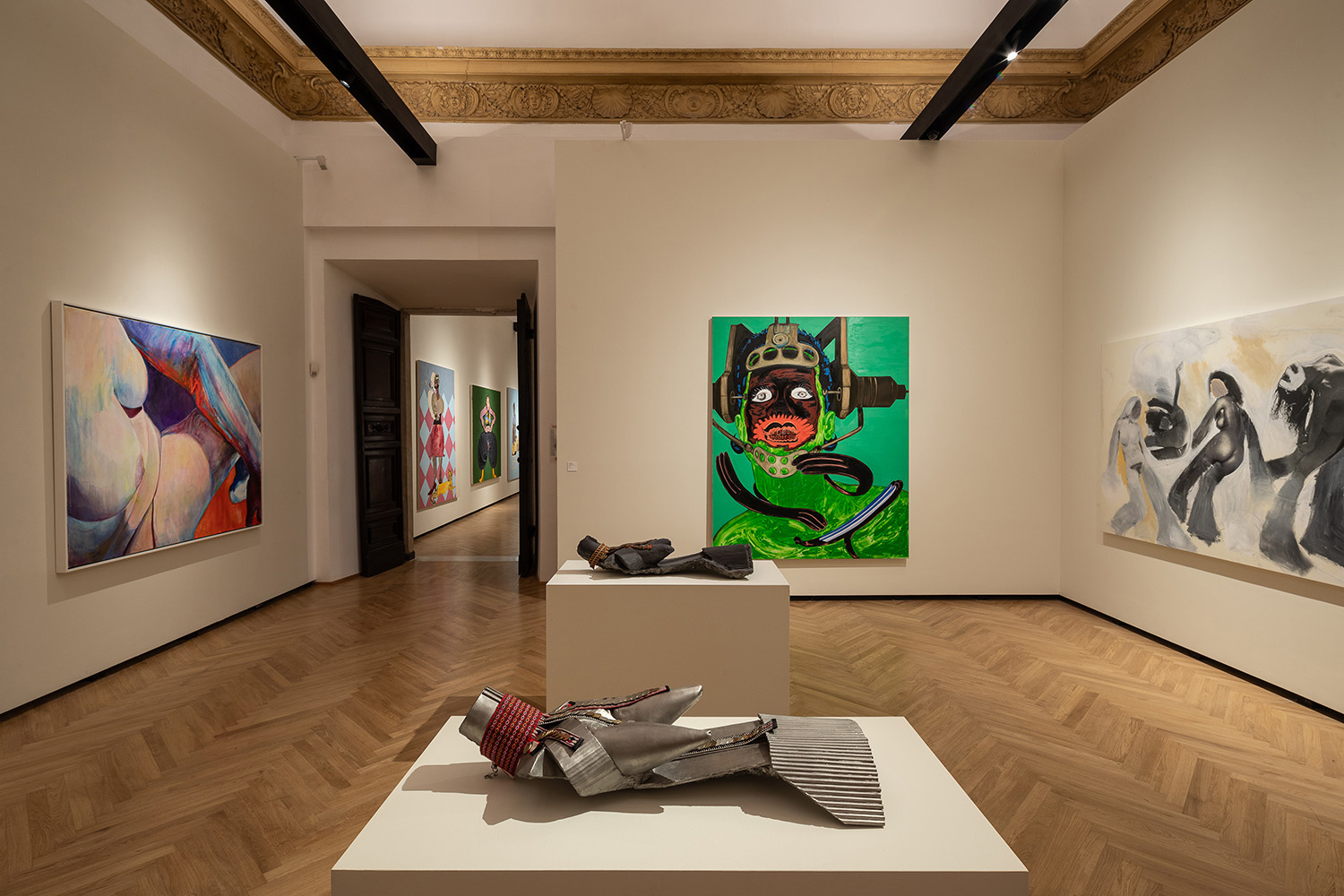
Installation view of “Day for Night” at Palazzo Barberini in Rome. Photo: Courtesy of Agnes Renoult and Gagosian
From there, it’s a romp through a multi-generational cast of painting and montage from 2000 to the present day. There’s Nicole Eisenman’s 2017 Dark Light, in which a MAGA-capped man shines a torch that emits ominous deep gray rays. Adjacent is Dana Schultz’s Talking Twin (2023), which implies that many people are simply trapped in their own echo chamber, talking to themselves.
Gioni’s hang can be crazily intense, like the home of a collector who can’t stop buying. (Salamé was at one time known for very enthusiastic acquiring.) But equally, the installation brings all sorts of works into conversation with each other. Nicolas Party’s lush pastel portraits that reconfigure 18th-century modes rub up against Karen Kilimnik’s different interpretation of the same style. A mighty wall of Raymond Pettibon’s power-packed illustrations is followed by a sequence of multimedia collages by Tschabalala Self of women claiming their own space.
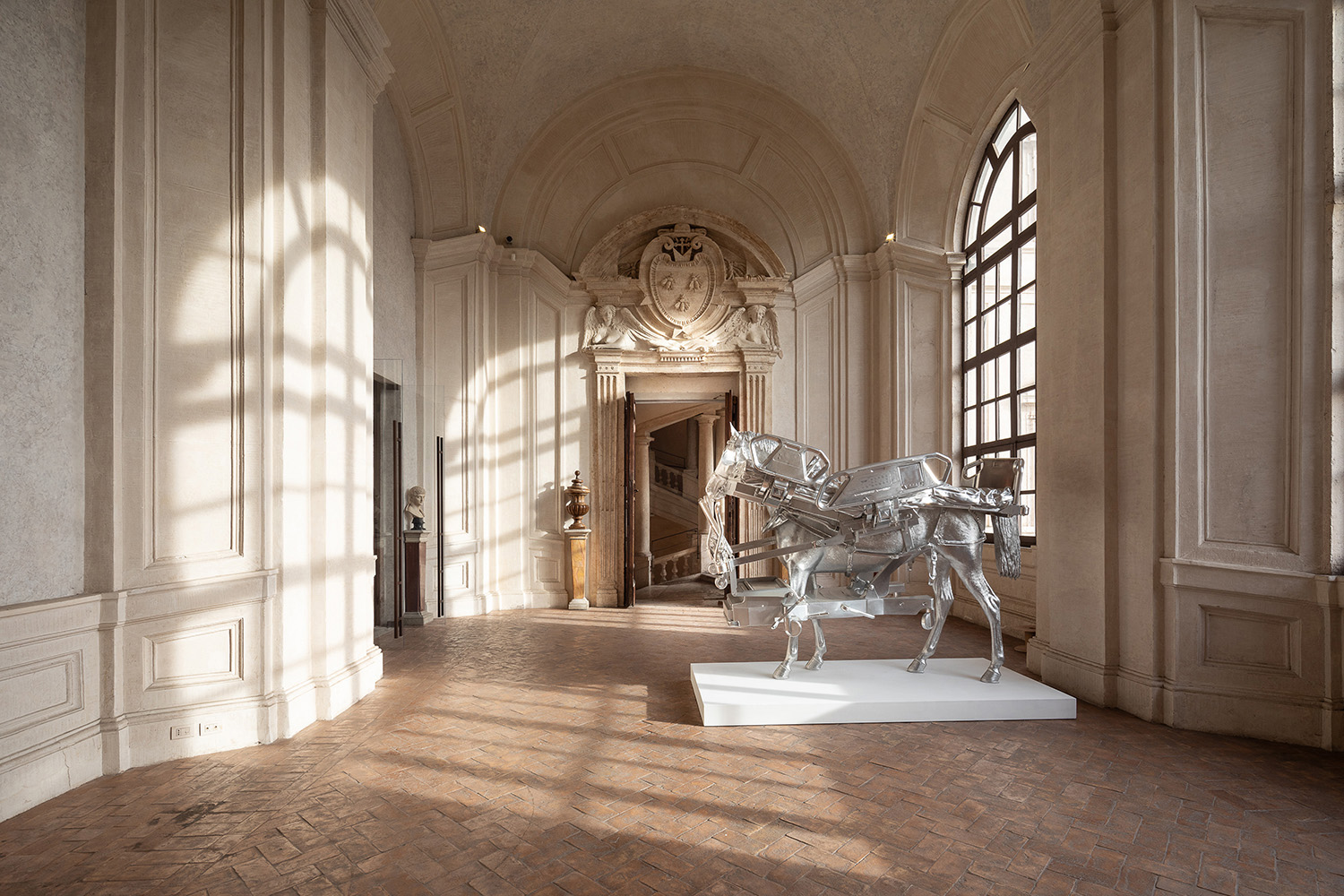
Installation view of “Day for Night” at Palazzo Barberini in Rome. Photo: Courtesy of Agnes Renoult and Gagosian
Next are works by the Jamian Juliano-Villani where humor and eroticism disguise trauma and grief. (The New York artist currently has her first show at Gagosian in Manhattan, while another Gagosian artist, Oscar Murillo, has an exhibition of powerful new paintings at Gagosian in Rome.) A Josh Kline sculpture of typical suburban houses configured in what looks like pink modeling foam sits in a slowly-draining stainless sink in the middle of a room, a 2019 comment on the sub-prime destruction of the American dream.
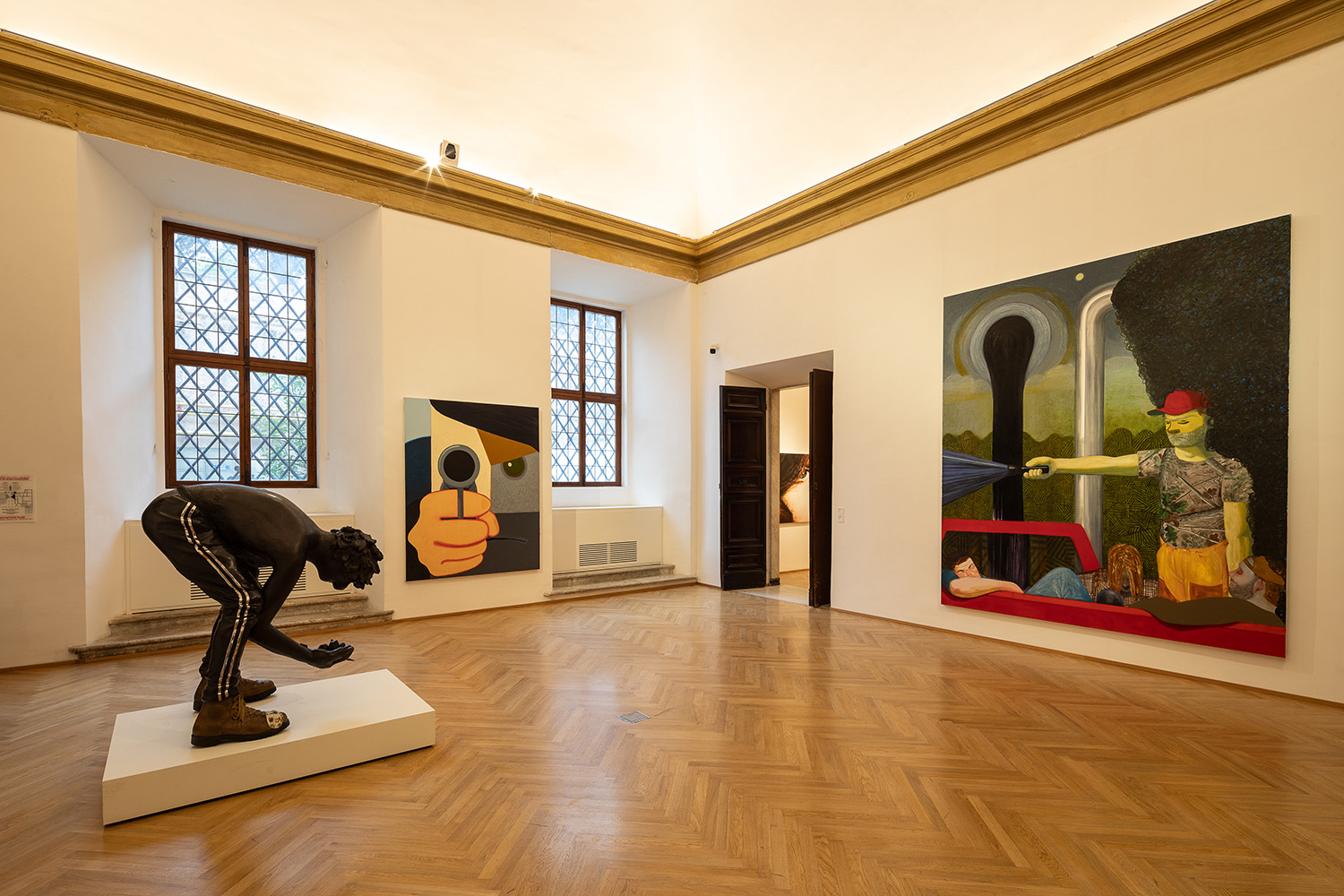
Installation view of “Day for Night” at Palazzo Barberini in Rome. Photo: Courtesy of Agnes Renoult and Gagosian
Finally inside that fabulous (and usually unavailable to view) rococo apartment, visitors will find the painting that gave the exhibition its name. Lorna Simpson’s expansive 2018 Day for Night alludes to the filming technique that allows night scenes to be recorded in daylight—a near perfect allegory for crisis of reality, and total existential confusion.
“Day for Night” is on view at Palazzo Barberini through July 14 while “Jamian Juliano-Viliani” is on display at Gagosian, New York through April 20 and “Oscar Murillo” at Gagosian, Rome until June 15.

